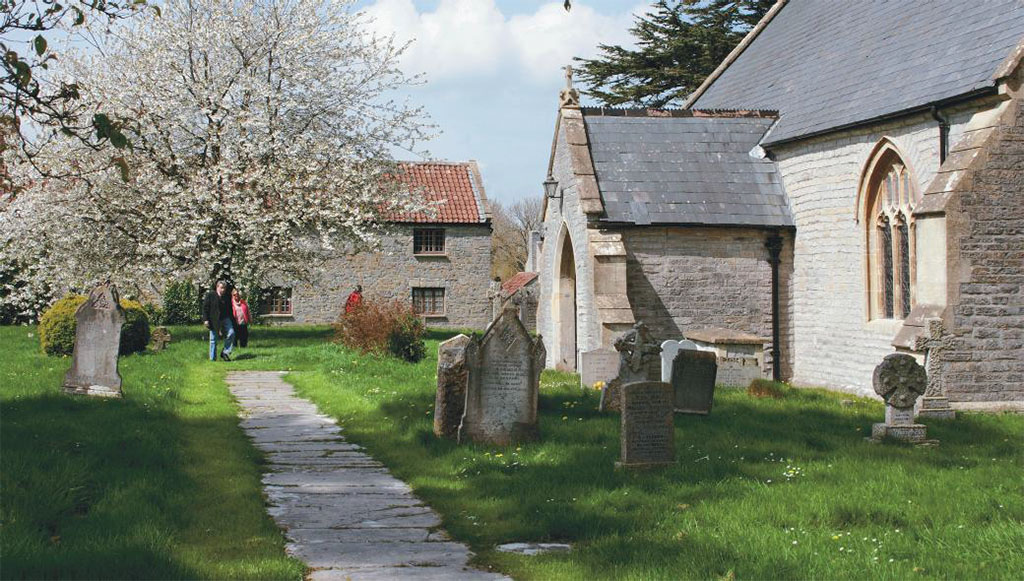
Silbury Hill, the prehistoric artificial chalk mound near Avebury in the England, Wiltshire, a UNESCO World Heritage Site.Getty
Silbury Hill, the largest earthen mound in Europe, surpasses all other prehistoric monuments in Britain not only in size but also in the degree of utter puzzlement it has created among those who have studied it.
The site bears a superficial resemblance to the many smaller round barrows found in the vicinity of Avebury, and local tradition suggested that a great leader lay buried somewhere in its depths--encased in golden armour, according to one legend. A series of extensive excavations, however, has failed to reveal any trace of a burial or any other objects entombed within. So, the massive mound's purpose remains a complete mystery.
But while excavation produced no clues to why Neolithic labourers spent an estimated eight million man-hours to build this artificial mountain, it did reveal a surprisingly sophisticated method of construction. The mound's turf facade hides a series of partitioned circular chalk enclosures, packed with earth and stacked one atop another to create a stepped shape resembling a wedding cake. The smooth finished appearance was achieved by filling in the steps with additional chalk and dirt. In all, it took about 61Ž2 million cubic feet of material to create the mound.
The structure seen today, though, represents only the final phase of three distinct stages of building. The first phase, begun about 4,000 years ago, consisted of consecutive layers of dirt, clay, chalk and gravel, contained within a ring of vertical stakes. Following this phase, Silbury's builders constructed a conical mound over the top of the original earthwork. Material for the huge undertaking came in part from a circular ditch excavated around the mound, and partially from transplanting a natural hillside. Before this phase was even finished, a third stage of construction began. The final form is similar in shape to the mound of phase two, but bigger yet, covering an area of 51Ž2 acres.
The absence of any apparent burials within the mound has left researchers without a clear-cut indication of why the Neolithic people spent so much time and energy building Silbury Hill. The hill's location, within sight of Avebury, seems to suggest a possible connection with the famous stone circle. Some researchers have suggested that it was a huge sundial, designed to cast a shadow, the position of which would indicate time and seasons.
Though they have been unable to guess its true purpose, late-comers to the area have found their own uses for Silbury Hill. Roman engineers took advantage of the view from atop the hill when laying out the course of the road they built between Bath and Mildenhall. When the Saxons arrived, they found the mound to be a useful defensive position, and apparently fortified the small flat area at the summit. Finally, a research team that tunnelled into the hill in 1849 decided that it made a convenient time-capsule, and left behind a sealed jar filled with newspaper clippings and other ephemera, which was later found by a 20th-century team of archaeologists.
SIlbury Hill is located by the A4 road one mile west of West Kennet. Visitors may stop at the parking area at any reasonable time for no charge. There is no access to the hill itself.









Comments